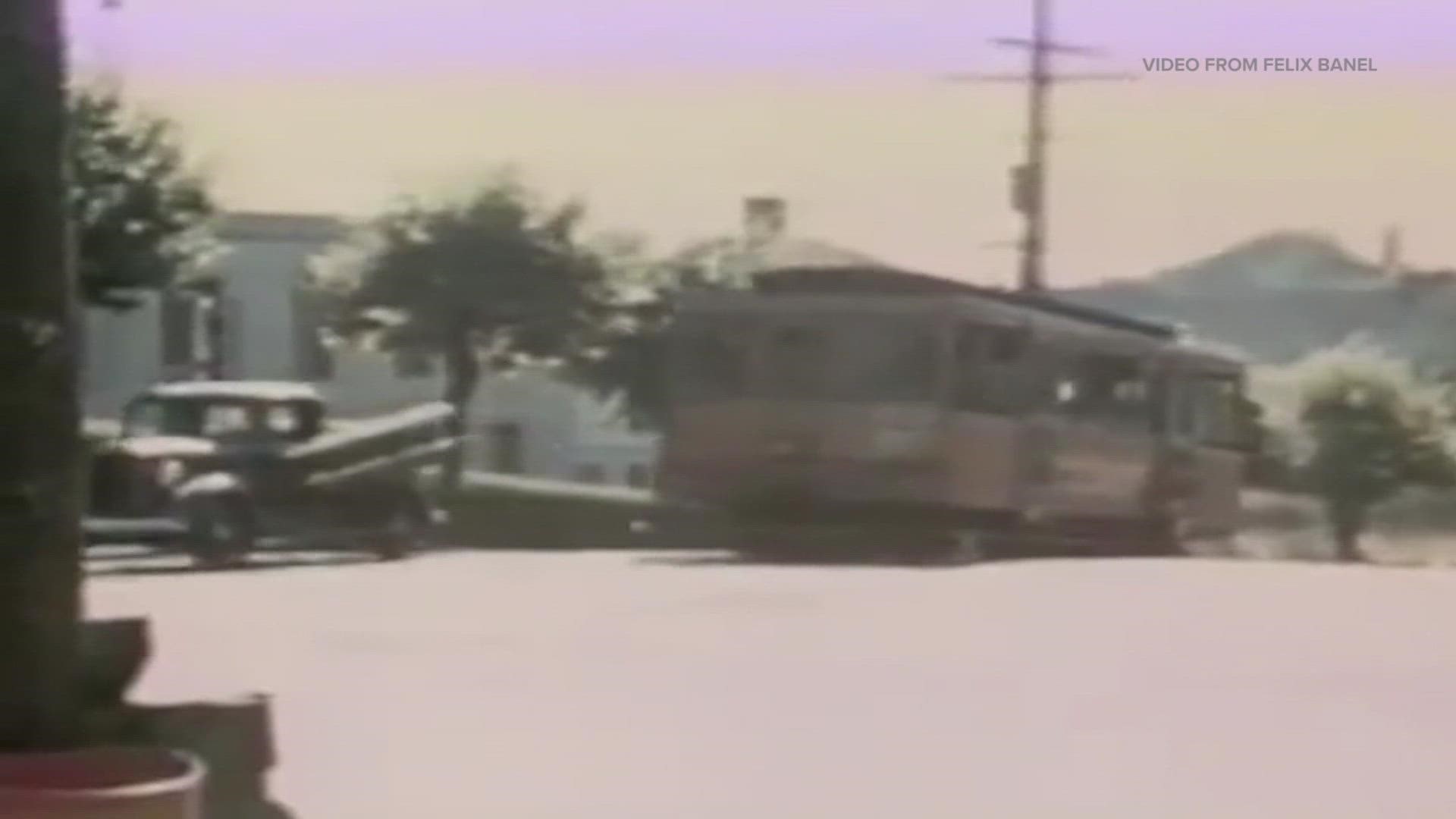SEATTLE — Street construction in Seattle is commonplace, but one project uncovered pieces of the city's public transit history.
The Seattle Department of Transportation and King County Metro partnered to bring the RapidRide G Line to Madison Street, which will improve access from downtown Seattle to First Hill and Madison Valley.
As crews began ripping up the concrete for the route, they uncovered some remnants of the original form of mass public transportation in Seattle: streetcars.
Local historian Feliks Banel said it’s fascinating to see our archaeological past hiding just feet below the roads we drive on today.
“There’s so much that’s happened here in the last 150 years that as new things came along they just covered it up!”
Banel said the railroad ties that have been excavated are remnants of the cable and streetcars that date back to the 1890s.
Madison Street has always been a significant thoroughfare from shore to shore, Banel explained.
“It connects saltwater Elliott Bay to freshwater Lake Washington and there used to be a ferry at the base of Madison that went over to Kirkland,” he said.
Streetcars were in use on Madison Street until the 1940s when automobiles and buses took the lead. It wasn’t until the 1970s, that rail transit returned to Seattle and continues to be developed and expanded today.
The recently discovered vintage railroad ties along Madison Street are a reminder of how the area's transportation has grown as rapidly as the population. In 1910, Seattle was home to just over 237,000 people and the railroad ties may very well be original.
Banel speculated that the ties are from 1910 when they changed the line from a cable car system using underground wire pulleys to an overhead powered trolley system.
“So they were probably about 30 years old when they were covered up with concrete and now they’re probably 120 years old,” he said.

